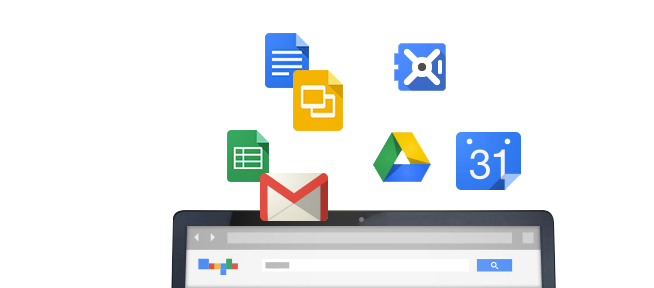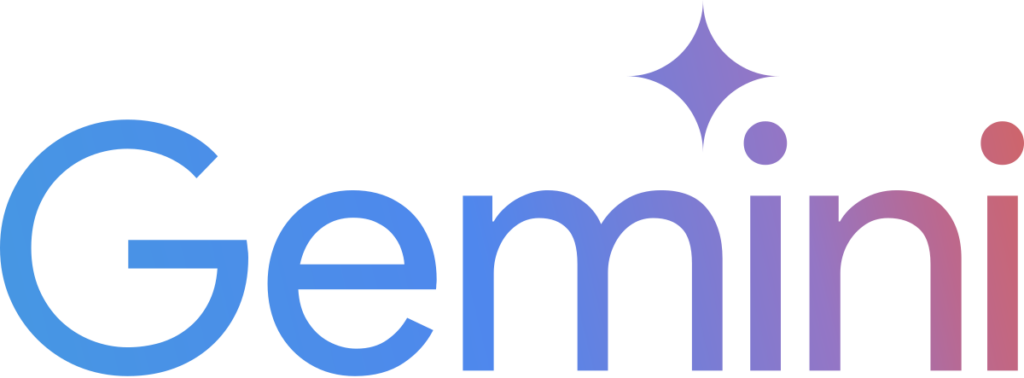The rollout of Google’s AI platform, Gemini, is one of the latest parts of an exciting time in the world of artificial intelligence (AI). With a myriad of uses from organization, inspiration, and creation, there is a fit for practically everyone. However, given how new AI is and how broad its uses range, it can be hard to figure out how to find the right fit for you. This blog will give you a quick rundown of AI, its capabilities and limitations, and how Google’s Gemini can help you make your business better. Want to try it on for size? We offer a 30 day trial of Gemini at no additional charge – drop us a line today!

What is AI?
AI is a digital technology that allows computer systems to essentially “simulate” human intelligence and problem-solving capabilities. At the core of this technology are algorithms that have been designed and curated to emulate human thought processes – at the root of this is information processing. AI can use all the information that it is fed via the Natural Language Processing method to generate the best answer for a user’s prompt.
Why AI?
AI has the ability to offer companies new ways to streamline processes and generate more value by freeing up time and resources. Per Google: “Gemini is helping people take back time for higher value work… [like] the team at Sports Basement, a sporting goods retailer, who’ve reduced the time it takes to craft responses to customer support requests by 30-35%. Across our business, education, and government customers, Gemini is helping people of all backgrounds and skill levels outdo themselves.” Google also notes that 70% of enterprise users who use Help me write in Docs or Gmail end up taking Gemini’s suggestions, and more than 75% of users who create images in Slides are inserting them into their presentations
What can AI do? And what can’t it do?
AI has a wide scope of applications: from drawing insights on complex financial reports to generating images, it all comes back to AI’s ability to create. Most AI platforms take prompts and, with the provided context, process all available related information to return your result. Whether it be a recipe using the items in your fridge or new code to help flush out a software bug, it has the ability to create whatever you can think to prompt it with.
Despite how expansive AI’s uses can be, there are some things that it cannot (and should not) do. AI cannot do everything with 100% accuracy. For starters, AI can generate bad information or faulty images, which (if fully relied upon) can lead your projects astray or shutter them entirely. Additionally, not all AI can be fully secure. In a recent experiment, only Google Gemini was found to be fully encrypted, so it’s important to be very careful about medical, financial, or personal ID when using AI. An important thing to remember with AI is that it is not intended to replace the tools currently at your disposal, but instead to help your tools be better. Think of it like a sharpener to your knife or cruise control in your car: it makes the job much easier, but you’re still the driving force behind it.
Right off the bat, you can access Gemini’s homepage here and enter prompts based on Internet searches. For instance, this is where you would ask Gemini to make a recipe of what’s left in your fridge, or ask it to summarize all the reviews of your coffee shop. On Gemini’s homepage, you will not be able to generate images, but you can make charts or tables that can be exported into Sheets. The Gemini homepage is just the start, because in Workspace’s Gemini integration, there are three main areas where it can help:
Available in Google Docs and Gmail, this area of Gemini aims to improve your writing skills by delivering drafts and editing content. It can help you write an email to a business partner, get you started on a new paragraph in a report, or make your content more concise.
In Google Sheets, Gemini can create a table that outlines an onboarding process, generate a spreadsheet to help track marketing KPIs, make a workflow for a kitchen remodel, or generate other templates with sample information.
This feature is available in Google Sheets and Meet. With a prompt, generate images to inspire your next illustrations or campaigns, create a fun background on your Meet call to celebrate an event or mask your cluttered shelves.
The better the prompt, the better the result
In order to get the most out of Gemini (or any other AI platform you want to use), you need to give it strong prompts. Google breaks a good prompt into four parts: Persona, Task, Context, Format. Here is an example prompt from Google that uses all four parts effectively: “You are a Google Cloud Program manager (persona). Draft an email to (task) a marketing manager with information on new program discount options (context). Limit the body to bullet points (format).”
Google states that you don’t need all four parts to write good prompts, but incorporating a few each time will ensure your prompts are strong. Here are a few more tips of the trade from Google:
- Use natural language, as if you’re speaking to another person. Express complete thoughts through full sentences.
- Be specific and iterate: To get Gemini to do what you want, you need to give it as much relevant context as possible.
- Be concise, avoid complexity: Be reasonably brief and specific with your prompt, and avoid using jargon where possible. When Gemini was in testing, Google found that the most successful prompts were around 21 words in length.
- Make it a conversation: Fine tune prompts if the initial ones aren’t to your liking or if there’s room to improve. Use follow-up prompts and a process of refining to get to better results.
For additional resources on getting kick started with Gemini, here are a few resources from Google:
Additional Tips and Resources
Gemini Prompting Seminar
Cloud Skills Gemini Training
Use cases for deploying Gemini
Gemini Cheat Sheet



